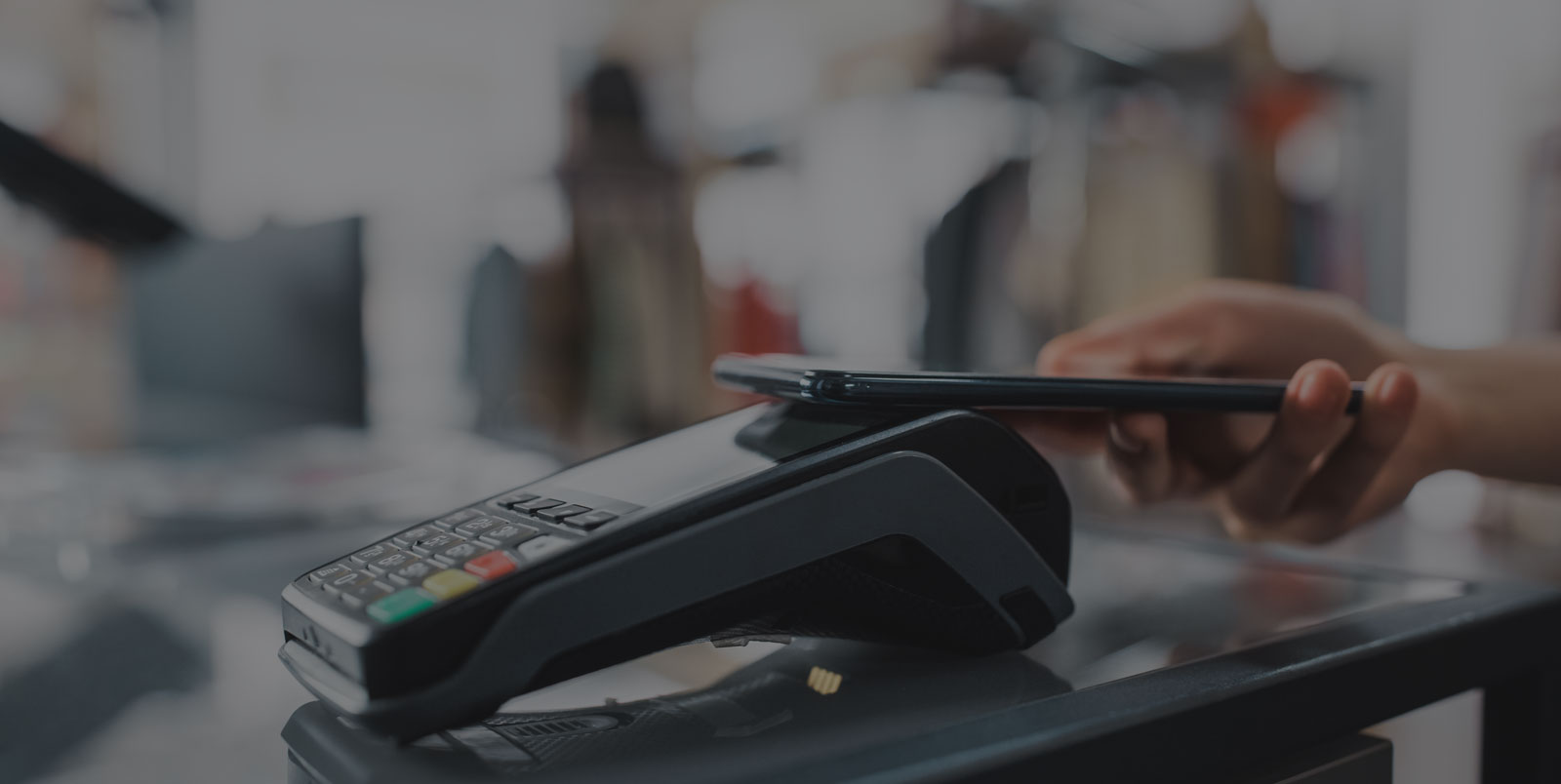
By Cindy Gardea October 13, 2024
When starting or running a credit repair business, one of the key concerns is how to accept payments securely and efficiently. To do this, a business must open a merchant account, which enables it to process credit card payments. However, when it comes to credit repair merchant accounts, business owners quickly learn that these accounts are often classified as “high risk” by payment processors and financial institutions. But why is this the case? Is there any flexibility in this classification?
In this comprehensive article, we will explore the risk levels associated with credit repair merchant accounts, delve into why credit repair businesses are often considered high risk, the impact of this designation on acquiring a merchant account, the available solutions, and provide practical advice on how to manage and mitigate risk when operating in this industry.
Understanding Merchant Account Risk Levels

Before delving into why credit repair businesses are often deemed high risk, it’s essential to understand what determines the risk level of a merchant account. The “risk” associated with merchant accounts primarily refers to the likelihood of chargebacks, fraud, or regulatory issues that could impact the payment processor or bank.
- Low-Risk Merchant Accounts: Businesses that operate in industries with consistent and predictable revenue, low chargeback ratios, and limited exposure to fraud are typically considered low risk. Examples include brick-and-mortar retail stores, restaurants, and service providers that sell tangible products or services. These industries typically have low chargeback rates and stable customer relationships.
- High-Risk Merchant Accounts: On the other hand, high-risk merchant accounts are often granted to businesses that have a higher likelihood of chargebacks, operate in industries with regulatory concerns, or deal with large volumes of transactions that could be disputed. High-risk merchants may also operate in industries with fluctuating revenues or those that have historically had compliance issues. Examples include credit repair services, adult entertainment, online gambling, subscription services, and debt collection agencies.
The key issue here is the likelihood that the payment processor will face financial losses due to chargebacks or non-compliance. In the case of credit repair businesses, several factors contribute to their high-risk classification.
Why Credit Repair Merchant Accounts Are Considered High Risk
- Chargeback Vulnerability
Credit repair businesses are more susceptible to chargebacks compared to traditional businesses. Chargebacks occur when customers dispute a transaction with their credit card issuer, demanding a refund directly from the bank. Since credit repair services are intangible and results may take time to manifest, customers may feel dissatisfied if they don’t see immediate improvements in their credit scores. This dissatisfaction can lead to chargeback requests, which increases risk for payment processors.
- Regulatory Scrutiny
The credit repair industry is subject to stringent regulation at both federal and state levels. In the United States, for example, the Credit Repair Organizations Act (CROA) and the Fair Credit Reporting Act (FCRA) place strict limitations on how credit repair businesses operate, including rules around marketing, fees, and service delivery. Failure to comply with these regulations can result in penalties or legal actions, making payment processors wary of the industry.
- Industry Reputation
The credit repair industry has faced scrutiny over the years due to unethical practices by a minority of operators, leading to a reputation for fraud. Some businesses have been accused of making false promises, engaging in misleading advertising, or charging upfront fees without delivering results. This has created a perception among payment processors that the industry is risky, even though many legitimate and compliant companies operate within it.
- High Ticket Transactions
Credit repair services typically charge higher-than-average fees, with many businesses offering packages that can range from hundreds to thousands of dollars. High-ticket transactions are more prone to chargebacks since customers may feel more compelled to dispute large amounts if they believe they didn’t receive the promised service. Payment processors often associate larger transaction amounts with higher risk.
- Subscription-Based Services
Many credit repair companies operate on a subscription or recurring payment model, where customers are charged monthly for ongoing services. While this model can provide steady cash flow, it also increases the risk of chargebacks, as customers may cancel their services and dispute recurring charges. Payment processors consider recurring billing as riskier because the transaction occurs multiple times without the customer initiating each one directly.
Impact of the High-Risk Classification on Credit Repair Merchant Accounts

The high-risk designation can make it more challenging for credit repair businesses to secure a merchant account. Here are the most common impacts:
- Higher Fees
High-risk merchant accounts come with higher processing fees. Payment processors charge these higher fees to compensate for the increased risk they take on by working with businesses in high-risk industries. Transaction fees, monthly fees, and chargeback fees for credit repair businesses tend to be higher than those for low-risk merchants.
- Rolling Reserves
A common condition for high-risk merchant accounts is the establishment of a rolling reserve. A rolling reserve is a percentage of a business’s daily credit card sales that the payment processor holds back to cover potential chargebacks or disputes. The reserve is typically released after a set period, such as 90 to 180 days, once the risk has been reduced. While this protects the payment processor, it can impact the credit repair business’s cash flow.
- Strict Approval Process
Getting approved for a high-risk merchant account is often more difficult. Payment processors conduct more thorough reviews of high-risk businesses, examining factors such as the company’s financial stability, chargeback history, business model, and regulatory compliance. Businesses may be required to provide more documentation, such as detailed financial statements, proof of compliance with relevant laws, and business references.
- Limited Processor Options
Credit repair businesses have fewer payment processor options available compared to low-risk industries. Many traditional payment processors and banks avoid working with high-risk businesses altogether. As a result, credit repair companies may need to seek out specialized high-risk payment processors that cater to industries like theirs.
How Credit Repair Businesses Can Mitigate Risk

Despite the challenges associated with being classified as high-risk, credit repair businesses can take several steps to mitigate risk and improve their chances of securing a merchant account with favorable terms.
Implement Effective Chargeback Prevention Strategies
Reducing chargebacks is essential to lowering your perceived risk as a credit repair business. Some effective strategies include:
- Clearly communicating service terms: Ensure that customers fully understand the scope of services, timelines, and results before they sign up. This can help manage customer expectations and reduce the likelihood of disputes.
- Offering easy cancellations: Provide customers with straightforward and transparent ways to cancel their services to avoid misunderstandings that could lead to chargebacks.
- Using secure billing and invoicing: Employ invoicing and billing methods that minimize errors and disputes. Ensure that billing descriptions are clear so customers recognize the charges on their statements.
- Responding to customer complaints promptly: Addressing customer concerns before they escalate into disputes can help prevent chargebacks. Implementing a robust customer support system can also help resolve issues more effectively.
Ensure Compliance with Regulatory Standards
Compliance with industry regulations is non-negotiable for credit repair businesses. Demonstrating a strong commitment to compliance can increase your credibility with payment processors. Ensure that your business adheres to the Credit Repair Organizations Act (CROA), the Fair Credit Reporting Act (FCRA), and other relevant regulations. Implementing compliance procedures, such as proper documentation, clear service agreements, and ethical marketing practices, can reduce the risk of penalties and legal actions.
Maintain a Positive Credit and Chargeback History
Payment processors review your business’s credit history and chargeback ratio when determining risk. Strive to keep your chargeback rate below 1%, as exceeding this threshold can lead to penalties, higher fees, or account termination. Additionally, maintaining a positive business credit history demonstrates financial responsibility and can increase your chances of securing a merchant account.
Work with a High-Risk Payment Processor
Since traditional banks and payment processors may not be willing to work with high-risk businesses, credit repair companies should seek out high-risk payment processors that specialize in their industry. These processors understand the unique challenges of the credit repair sector and are more likely to offer tailored solutions that fit your business model.
While high-risk processors may charge higher fees, they also provide valuable support in managing risk, handling chargebacks, and navigating regulatory requirements.
Consider Alternative Payment Methods
In addition to credit card processing, consider offering alternative payment methods such as ACH transfers, eChecks, or cryptocurrency payments. Diversifying your payment options reduces your reliance on credit card payments, which can be prone to chargebacks.
FAQs
Q.1: Why are credit repair businesses considered high risk?
Credit repair businesses are considered high risk due to their susceptibility to chargebacks, regulatory scrutiny, industry reputation, high-ticket transactions, and subscription-based services. These factors increase the perceived risk for payment processors.
Q.2: What is a rolling reserve, and how does it affect my business?
A rolling reserve is a percentage of daily credit card sales that the payment processor withholds to cover potential chargebacks or disputes. This reserve is typically released after a set period. While it helps protect the processor, it can affect your business’s cash flow.
Q.3: Can credit repair businesses get a low-risk merchant account?
While it’s challenging, it’s not impossible. If a credit repair business has a strong track record of low chargebacks, regulatory compliance, and stable revenue, it may be able to negotiate better terms with a payment processor. However, most credit repair companies are classified as high risk due to the nature of the industry.
Q.4: How can I reduce the risk of chargebacks in my credit repair business?
You can reduce chargebacks by clearly communicating service terms, offering easy cancellation options, using secure billing methods, responding to customer complaints promptly, and ensuring that your service descriptions are clear on billing statements.
Q.5: What documentation do I need to apply for a high-risk merchant account?
Documentation requirements may vary, but you’ll typically need to provide financial statements, business licenses, proof of compliance with industry regulations (e.g., CROA and FCRA), and detailed business plans.
Conclusion
While credit repair businesses are generally classified as high risk due to their vulnerability to chargebacks, regulatory scrutiny, and industry reputation, this classification does not make it impossible to secure a merchant account. By understanding why they are considered high risk, credit repair companies can take proactive steps to mitigate that risk. Implementing chargeback prevention strategies, ensuring compliance with regulations, and working with high-risk payment processors can help businesses secure merchant accounts with favorable terms.
Although higher fees and rolling reserves are part of the reality for high-risk merchants, credit repair businesses can still thrive by adopting best practices and building strong relationships with payment processors. With the right approach, credit repair businesses can successfully manage their risk and secure the payment solutions they need to grow their operations.
